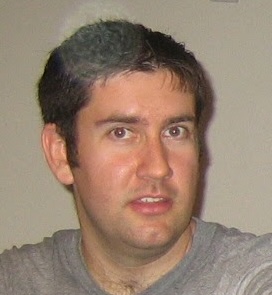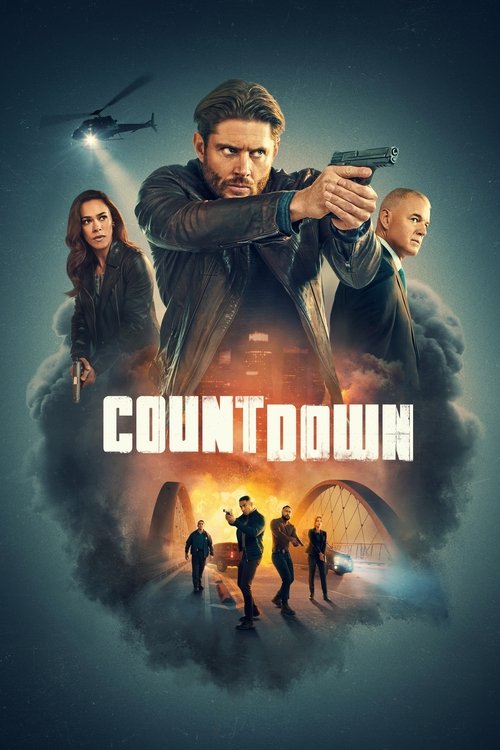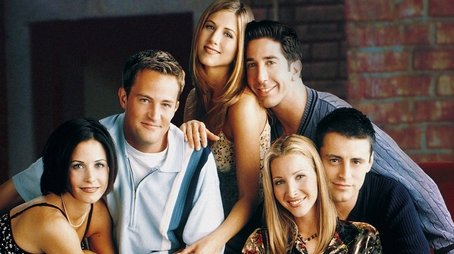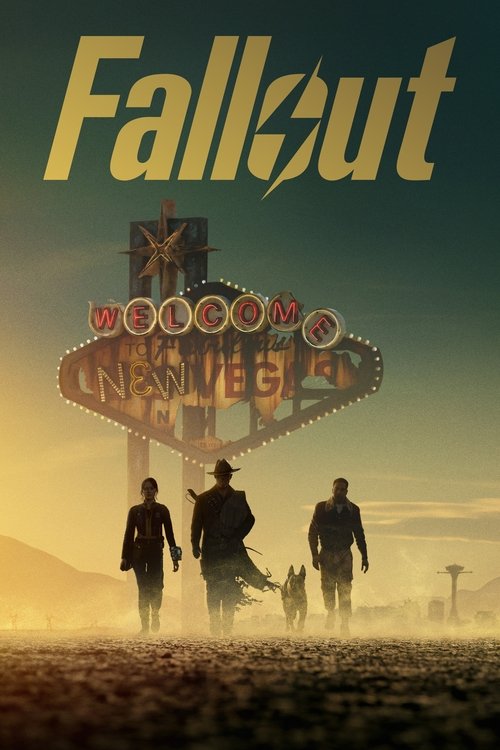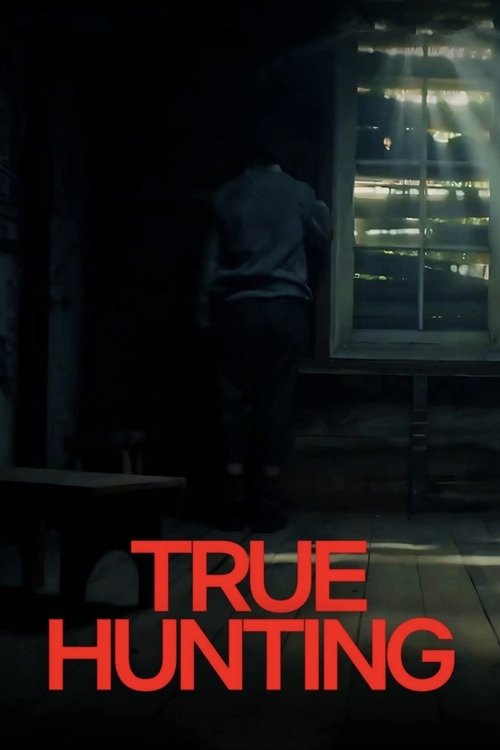
Ask Your Own Question
What is the plot?
Luke Ellis, a 14-year-old math prodigy with telekinetic abilities, wakes up inside a mysterious facility called The Institute, surrounded by other children who were kidnapped like him and possess psychic powers such as telekinesis (TK) or telepathy (TP). Luke quickly learns from Kalisha, a friendly fellow captive, and the stern Ms. Sigsby, the head of the Institute, that the children are tested relentlessly against their will until they "go home," which is never clearly defined. Luke is forbidden from contacting his parents and must obey all rules strictly, with tokens awarded for good behavior that can be exchanged for treats. Ms. Sigsby warns that breaking rules will lead to severe consequences, but Luke cannot yet grasp the full extent of the cruelty within the Institute's barbed-wire fences.
Outside the Institute, Tim, a former cop, arrives in the nearby town to work as the Night Knocker, a night patrol officer responsible for maintaining order. Tim struggles initially to fit in but soon forms a bond with Wendy, a local woman, and an incoherent homeless woman named Annie, who seems harmless but mysterious. Tim's storyline runs parallel to Luke's, showing his gradual involvement in uncovering the dark secrets of the Institute and his growing determination to expose it.
Inside the Institute, Luke endures brutal testing and psychological manipulation. The children are subjected to invasive experiments designed to push their psychic abilities to the limit. Luke's intelligence and powers make him a target for harsher treatment, but he also becomes a leader among the children, inspiring them to resist. The Institute staff, led by Ms. Sigsby, maintain a facade of benevolence, claiming their work "saves the world," but their true motives are sinister and exploitative.
As the season progresses, Luke and the other children discover that the Institute is part of a larger network of similar facilities. The children with precognition abilities are especially prized, far more than those with telepathy or telekinesis. The Man on the Phone, a shadowy figure connected to the Institute, shows little concern when the facility collapses, indicating that the children with TP and TK powers can be replaced, but the rare precogs are kept close for their valuable insights into the future.
In the climax, Luke and the children orchestrate a daring escape from the Institute. The sequence unfolds with careful planning: they exploit weaknesses in the security systems, use their psychic powers to disable guards, and navigate through the facility's maze-like corridors. The escape involves tense confrontations with staff members, including Ms. Sigsby, who tries to stop them but ultimately fails. The children's unity and Luke's leadership are crucial in overcoming the obstacles.
Meanwhile, Tim's investigation outside intensifies. He uncovers evidence of the Institute's unethical practices and attempts to rally local authorities and the community to intervene. His efforts are met with resistance and danger, but he remains resolute. Tim's connection with Annie deepens, revealing that she may have a hidden link to the Institute's mysteries.
In the final scenes, Ms. Sigsby is seen holding a drive containing incriminating evidence about the Institute's operations. She leaves the town, her fate ambiguous, suggesting she may seek to expose or escape the consequences of her actions. The Man on the Phone is shown interacting with two unknown children, presumably precogs, hinting at the continuation of the Institute's work elsewhere. Avery, another character, chooses to stay behind in the facility, indicating unresolved threads and the possibility of future conflict.
The season ends with the Institute's collapse but leaves open the existence of multiple such facilities and the ongoing exploitation of psychic children. The dual narratives of Luke's captivity and escape, alongside Tim's external investigation, build a complex picture of a shadowy organization with far-reaching influence and the resilience of those who resist it.
What is the ending?
The ending of The Institute Season 1 reveals that the facility uses gifted children to assassinate future threats to humanity, a morally complex mission cloaked in cruelty. Luke and Tim, after uncovering this truth and witnessing the horrors inside, face betrayal and violence, culminating in the death of Chief Ashworth and their capture by Drew, an insider operative. The season closes on a tense cliffhanger with Luke and Tim handcuffed and at the mercy of the Institute's operatives.
The final episode of The Institute Season 1, titled "Hide," unfolds with Luke, Tim, and Chief Ashworth watching a flash drive video secretly recorded by Maureen before her death. This footage exposes the grim reality of the Institute's "Back Half," where gifted children are drained of their psychic powers and incinerated. Maureen's video reveals the Institute as a monstrous entity consuming children, confirming the darkest suspicions about the facility.
As they absorb this horrifying evidence, Sigsby and two operatives approach the station to recapture Luke. Luke, Tim, and Ashworth debate their next move. Luke, frustrated and desperate, wants to alert the police to shut down the Institute. Ashworth and Tim, however, acknowledge their lack of resources to confront the heavily armed facility directly. Ashworth suggests contacting a special agent in Portland who might help expose the Institute's crimes.
Before they can act, Drew, who had been posing as an ally, reveals his true allegiance by shooting and killing Ashworth. This brutal act confirms Annie's earlier suspicions that Drew is part of the Institute's inner circle. Drew then forces Luke and Tim to handcuff themselves to chairs, effectively capturing them. He calls Stackhouse to report the situation, signaling that the Institute's control remains strong and the threat to the boys continues.
Throughout the season, Luke has formed close bonds with other gifted children, especially Avery, a powerful telekinetic who communicates with Luke telepathically. These relationships underscore the human cost of the Institute's operations. The children's resilience is a key theme, but the ending leaves their fate uncertain as the Institute's dark purpose is fully revealed.
In terms of character fates at the end of Season 1:
- Luke Ellis remains captive, handcuffed and vulnerable but still central to the unfolding conflict.
- Tim Jamieson is also captured alongside Luke, wounded but alive.
- Chief Ashworth is killed by Drew, removing a potential ally.
- Drew is revealed as a loyal operative of the Institute, enforcing its will.
- Maureen has died by suicide earlier, leaving behind crucial evidence.
- Sigsby remains a key figure in the Institute's operations, embodying its ruthless ideology.
The season closes on a dark, suspenseful note, emphasizing the Institute's sinister control and the precarious position of the gifted children caught within its grasp.
Is there a post-credit scene?
For the TV show The Institute (Season 1, 2025), there is no specific information in the available sources confirming the presence of a post-credit scene. The detailed episode summaries and reviews do not mention any post-credit scenes or additional footage after the credits.
The show's episodes focus heavily on the dark and mysterious events inside the Institute, such as the discovery of a "recovery" room that appears to be a crematorium for children deemed useless, and the telepathic connections between characters like Luke, Avery, and Kalisha. However, none of the episode recaps or reviews indicate a post-credit scene.
Therefore, based on the current information, The Institute Season 1 does not have a post-credit scene, or if it does, it has not been documented in the available sources.
What is the significance of Luke's refusal to have a tracker implanted, and how does it affect his treatment in the Institute?
Luke's refusal to have a tracker forcibly implanted leads to him being assaulted and then implanted against his will, highlighting the Institute's control and the prisoners' lack of autonomy. This event sets the tone for Luke's resistance and the harsh conditions the children face.
How does the relationship dynamic between Luke, Kalisha, and Nicky develop in Season 1?
A love triangle develops among Luke, Kalisha, and Nicky, with Nicky finding it amusing that Kalisha likes Luke, who also has feelings for her. This subplot adds interpersonal tension among the children amidst the larger narrative.
What role does Sigsby play in the experiments and the children's lives, especially after the incident involving Harry?
Sigsby is a figure of authority who ritualistically burns her hand and confronts Luke about his test results. After Harry's violent incident, she reassures the children that the experiments will continue and emphasizes the importance of snitching on anyone who disagrees with her about the state of Harry or the twins, showing her strict control over the children and the experiments.
What are the nature and consequences of Luke's unauthorized experiments and his telepathic abilities?
Luke undergoes unauthorized experiments where he is put in a tank and deprived of air when he refuses to read Hendricks' mind. Despite the harsh treatment, the doctor takes pity and ends the test early. Luke's telepathic abilities and his resistance to the tests are central to his character and the plot.
What is the significance of the vision Luke experiences involving Harry and the twins, and how does it impact the story?
Luke experiences a vision of Harry accidentally killing one of the twins, which foreshadows potential danger and tension among the children. This vision is taken seriously by the guards and Sigsby, who explains the incident and insists on the continuation of experiments, underscoring the perilous environment within the Institute.
Is this family friendly?
The TV show The Institute (Season 1, 2025) is not family friendly. It is rated TV-MA and contains content that may be upsetting or inappropriate for children and sensitive viewers.
Potentially objectionable or upsetting aspects include:
- Severe frightening and intense scenes, including child abuse and psychological horror elements.
- Moderate violence and gore, such as a scene where a character has a seizure, vomits, and then violently attacks another person, with some blood shown.
- Moderate profanity, including frequent use of strong language (lots of "f bombs").
- Mild sexual content and nudity.
- Moderate depiction of alcohol, drugs, and smoking, including children smoking cigarettes and discussing drinking alcohol.
These elements suggest the show is intended for mature audiences and may be disturbing for children or sensitive individuals.


